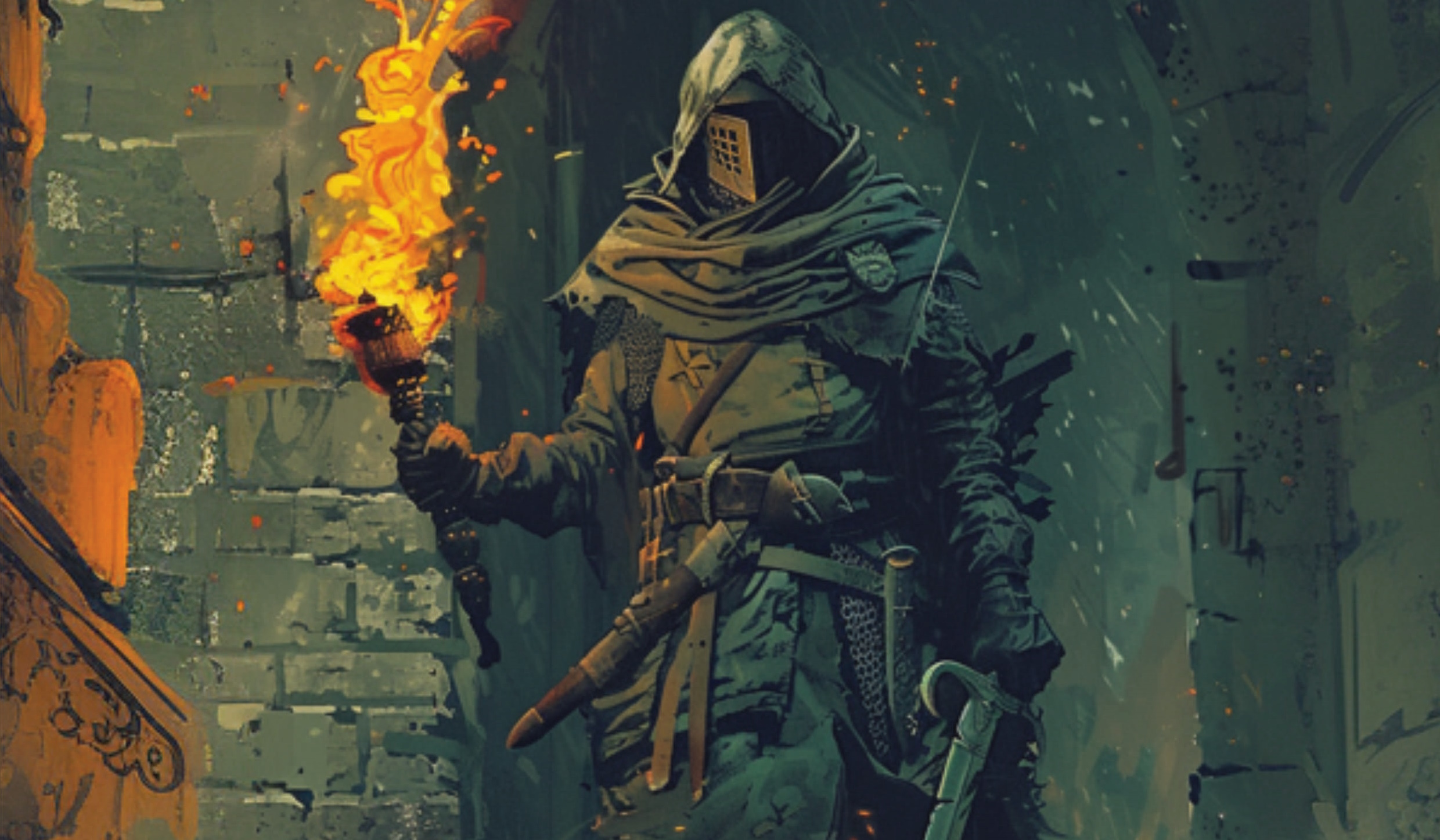Carrot on a stick! Rewarding players for creating character background.
Motivating characters to create a background for their characters has always been a goal for me as a Game Master. I typically reward extra experience before the adventure begins for creating different details of a character’s background. So much so that I mentioned it as my favorite house rule in Day 24 of #RPGaDay2015.
As I prepare for our upcoming D&D 5t edition campaign I began to look at possible ways to reward players’ efforts. However, the experience points needed to go from 1st to 2nd level are so low, that I could very well have players start at level 2. This wouldn’t usually be a problem, but I want to test the system at all levels, including 1st, even if for just one session. So I began to look for other rewards and came up with the following ideas. I’m reproducing the text just as I would had in out to the players.
This will be something I include in a larger player handout including notes on classes and races for the campaign, list of NPCS, maps and the history and details of the region where the campaign will take place.
I’d love some feedback… Do you think it’s too little or too much? Are the ideas presented game breaking? Would this motivate you as a player? Let me know in the comments. Thanks for reading!
********
Character Background Rewards
A well rounded character with an interesting background is not only easier and more engaging to play for a player, but far more interesting to his or her fellow players. A background helps the Dungeon Master (DM) create plots and stories that integrate your characters’ history, desires and hopes. But you don’t need me to tell you this; you are all seasoned players that create wonderful characters for many games. What you really want to know is what rewards I’ll be handing out for creating your background and adding other details about your characters to the game.
Rewards will be unlocked and become available for your characters according to how many of the following background categories you unlock. To unlock them you must fulfill the requirements of each category to the satisfaction of the DM. The categories are:
- Image – Provide an image of your character in a digital file to the DM
- Story – Write down your character’s story, it doesn’t have to be a short story, a series of bullet points would suffice.
- NPC – Create an NPC related to your character. This cannot be an existing NPC from the campaign that you tie to your character’s story, but a brand new original NPC. Describe the character separate from your story; it should either have a stat block, an image to represent it, a list of motivations and flaws, or some other detail that can be useful during the game. It can certainly have more than one of the previous details, but for the purpose of unlocking this reward you need just one. The DM will be the final arbiter of the usefulness of the NPC to the plot and how it is integrated into the story, and while the idea is to incorporate your concept into the game, the DM reserves the right to make some changes to the NPC.
- Miniature – Find a miniature, metal, plastic or a paper, for your character. I have plenty of miniatures you can pick from including pre-painted D&D minis and the Reaper Bones Kickstarter miniatures; we can coordinate for you to check them out. Also it could be a paper mini, or a Pathfinder Pawn.
- The List of 12! – This is a simple exercise, make a list 3 plots you’d like to encounter, 3 enemies you’d like to face, 3 items (mundane or magical) you’d like your character to have, and 3 goals for your character to achieve, during the camping. Be as specific or general as you want. The DM will interpret your list with the details you provide.
You can unlock some categories and not others, or go for all five, that’s up you. For each background category you unlock you receive one of the following rewards in order, from the 1st reward if you complete only one category, to the 5th reward if you complete all five.
- 1st Reward – Earn 75 Experience Points1
- 2nd Reward – Earn 1 Inspiration Token2
- 3rd Reward – Earn 75 Experience Points1
- 4th Reward – Earn 2 Inspiration Tokens2
- 5th Reward – Earn 2 extra point for customizing ability scores3
Rewards notes:
Note 1- The experience point total needed for gaining level 2 is 300 XP, so if you unlock the 1st and 3rd reward you’ll be half-way to 2nd level before the adventure begins.
Note 2- Inspiration Tokens function just like regular inspiration (PHB p. 125), you can use it yourself or give it to another player, except that unlike regular inspiration, you can have Inspiration Tokens and earn regular inspiration, thus breaking the rule of only having one inspiration at a time. You cannot use inspiration and the Inspiration Token on the same roll. Once you use an Inspiration Token it is permanently spent.
Note 3- You receive 2 extra points for customizing ability scores, your new point total to spend on your ability scores is 29. All the other rules for customizing ability (PHB p. 12) scores apply, ability score point cost, 15 being the highest ability score before applying racial increases, etc.
All the background categories you wish to unlock must be completed BEFORE the first game session. Once the campaign has begun no rewards will be awarded for completing any remaining background category.



4 comments